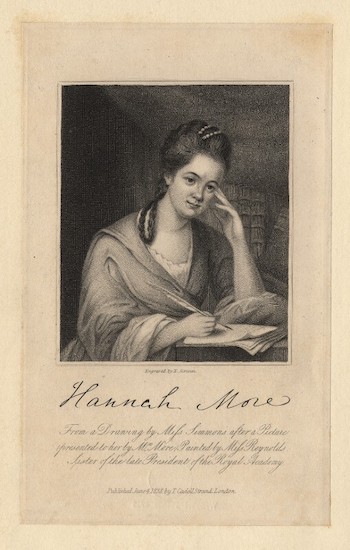Fighting Injustice With Art and FaithNäide

To effectively combat injustices like modern slavery, which tragically still binds millions today, we can look back at past successes.
The original abolition movement, working tirelessly in the 18th and 19th centuries, offers invaluable lessons. These injustice-fighters came from all walks of life. They were politicians and preachers, business men and women, artists and poets. They wrote poems and plays, created newsletters and petitions, did book tours and debates. They shook up the world!
By studying the strategies and impact of those who campaigned to end the transatlantic slave trade, we can find inspiration and wisdom for our contemporary struggles for justice.
Historical Highlight:
Among the leading poets of that era, Hannah More (pictured below) stands out for her work to help people see the evils of slavery through the written word. She argued tirelessly that inherent human value not only transcends nations, but race. Her work advanced the social conversation around enslavement in powerful ways, offering creative strategies that remain relevant for abolitionist writers today.
Action Point:
Take a moment to consider the principle of "inherent human value." How does this truth inform your view of all people, regardless of their background or circumstances? Ask God to reveal any biases or blind spots you might have, and pray for a heart that sees others as He does.

Pühakiri
About this Plan

Long ago, a writer named Hannah More used her poems to help end slavery. Another writer, Alexandr Solzhenitsyn, wrote stories that showed how terrible forced labor was in his country. Just like them, today's artists can use the gifts God has given them combined with the truth of God's word to make a difference in the world. This plan will encourage you to use your God-given talents to stand up for truth and help others in need.
More
Related Plans

Faith Over Fear

Devotions on F.I.R.E. Year Two

Unexpected Riches: Finding the Rare Jewel of Contentment

Yom Kippur - the Perfect Atonement: The Messiah's Sacrifice

21 Days of Selfess Living

The Grace to Stay: Holding on When Marriage Is Hard

When Anger Strikes

OVERCOMING JEALOUSY THROUGH the HOLY SPIRIT

Renewed in Every Season
